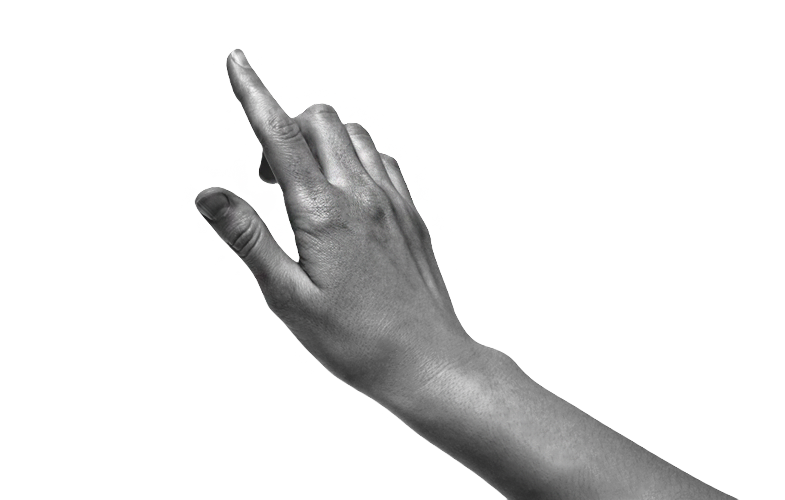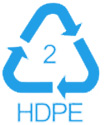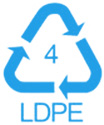
LABELLING OF PLASTIC PRODUCTS
Each plastic product is produced for different purposes of use: storage of foods, storage of toys, containers for cosmetics, drinks etc. However, not all plastics are food-safe or suitable for production of films. For the consumer to know the purpose for which the plastic available to him is intended, it is labelled by the type.
Descriptions of labelling are provided below:




Descriptions of labelling are provided below:

Polyethylene terephthalate
- Resistant and rather strong
- May be produced in a transparent colourless or tinted form
- Hardly permeable to gas
- Rather cheap to produce
- Can be fully recycled for reuse, since its polymer chains decompose while recycling it.

High-density polyethylene
- More suitable for production of engineering elements, equipment
- Mainly, bottles, waste bins, cutting boards etc. are made of plastic
- The material is more rigid, able to maintain higher temperature than LDPE
- Cannot maintain sterilisation at high temperature

Low-density polyethylene
- Perfect resistance to acids, alcohols, bases, esters
- Good resistance to aldehydes, ketones and vegetable oils
- Limited resistance to aromatic hydrocarbons, mineral oils and oxidising substances
- Low resistance to alkyl halides

Polystyrene
- This plastic is mainly used for production of toys, petri dishes, coat hangers, office suppliers, disposable cutlery, coffee cups, yoghurt containers
- Shiny, easily recyclable
- It is still the most popular thermally formed material
